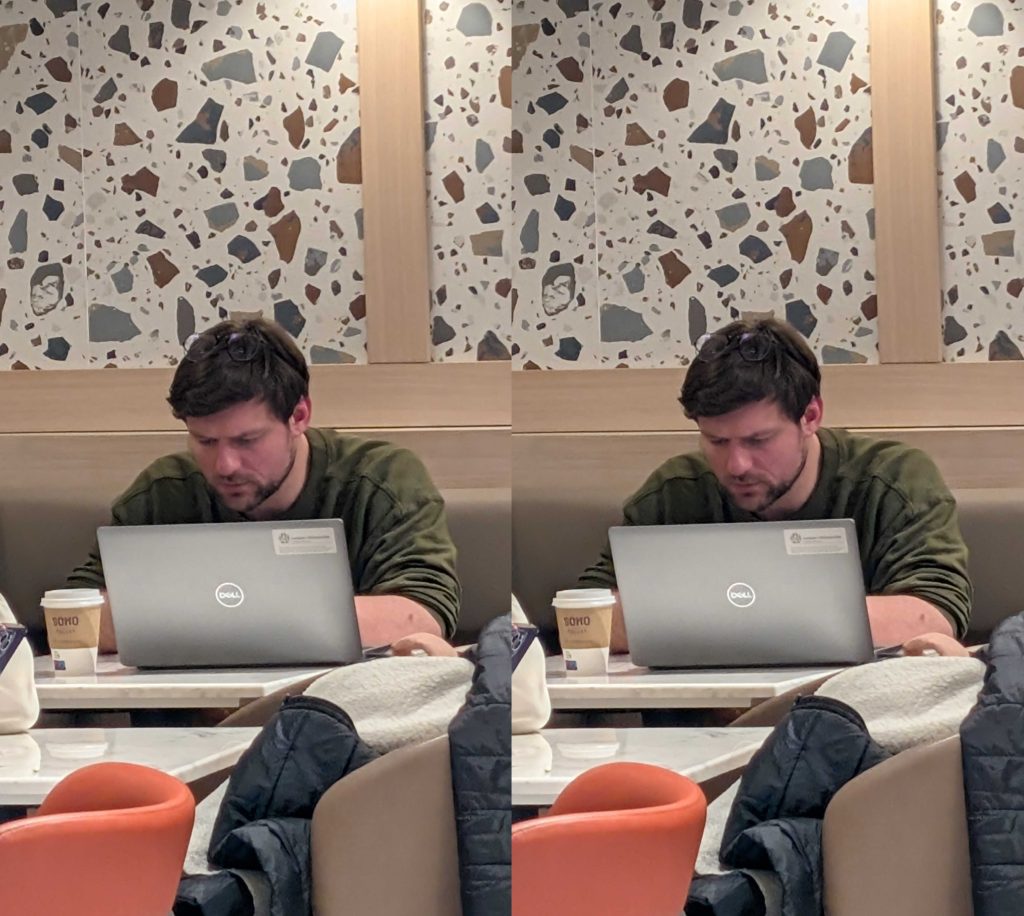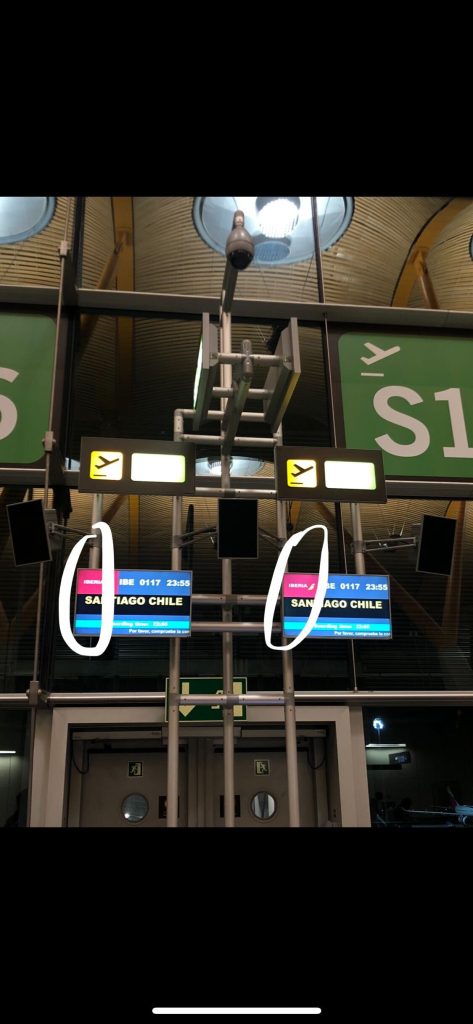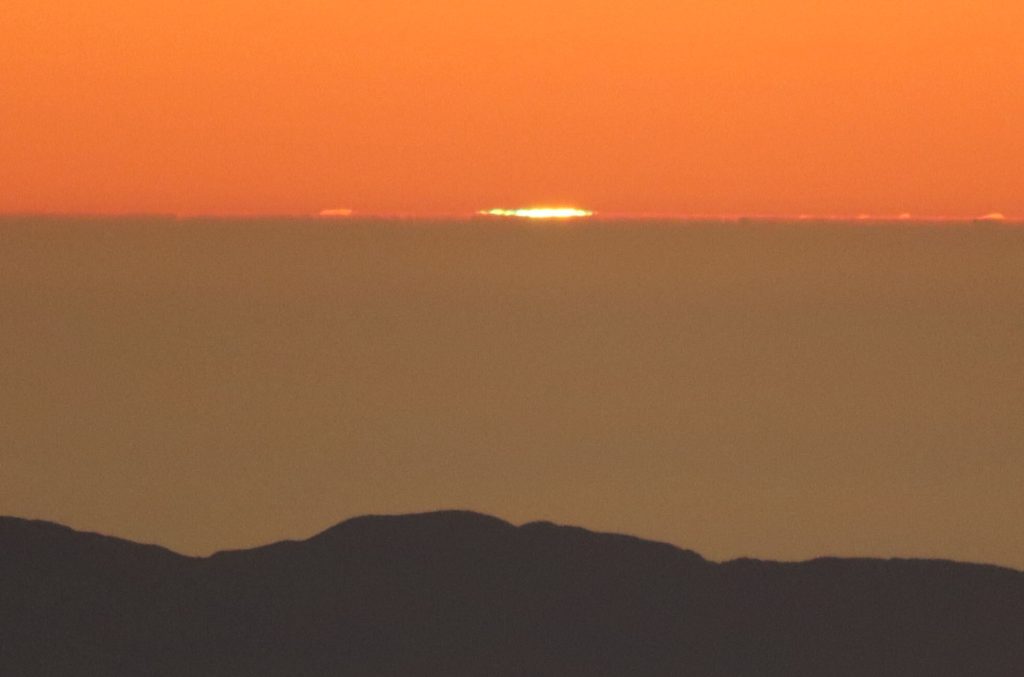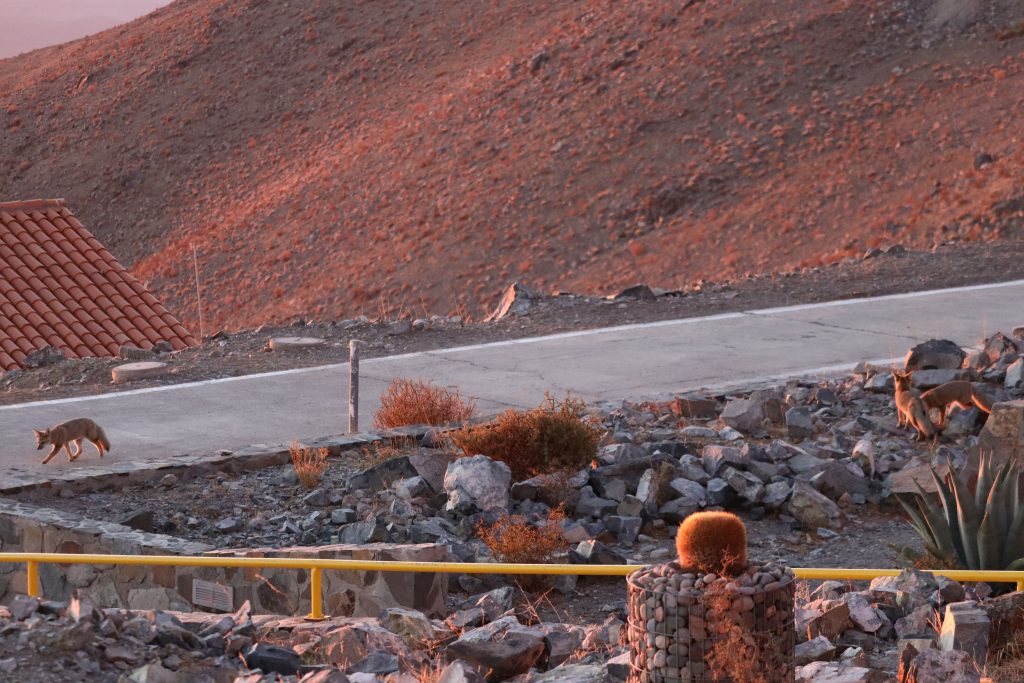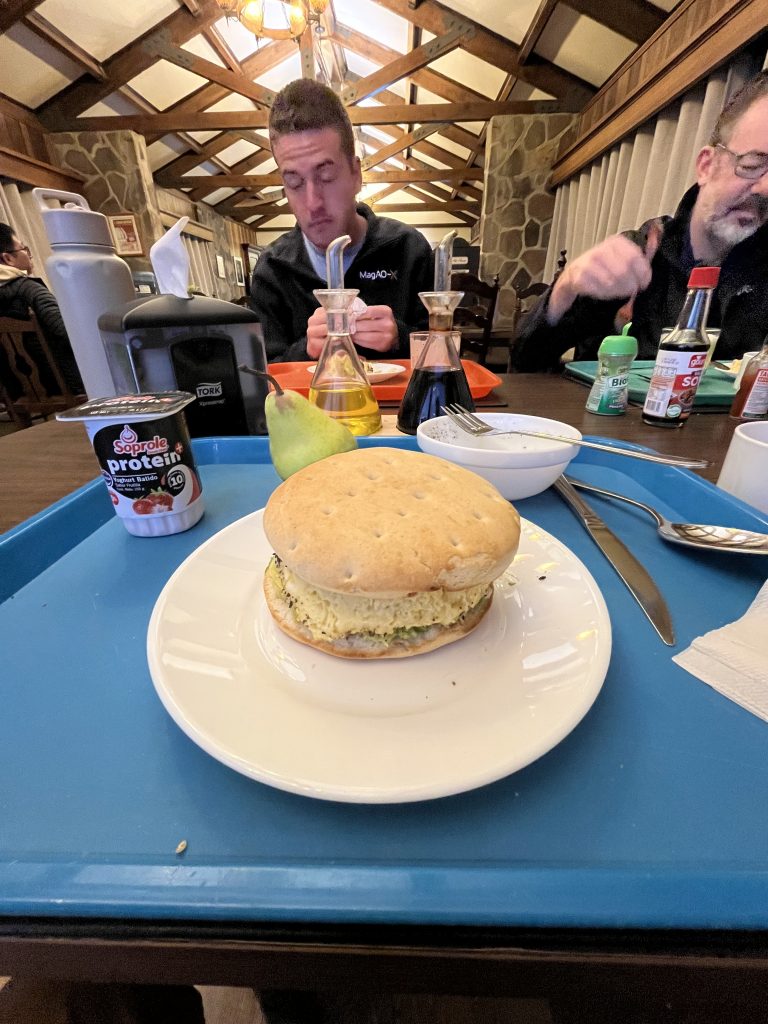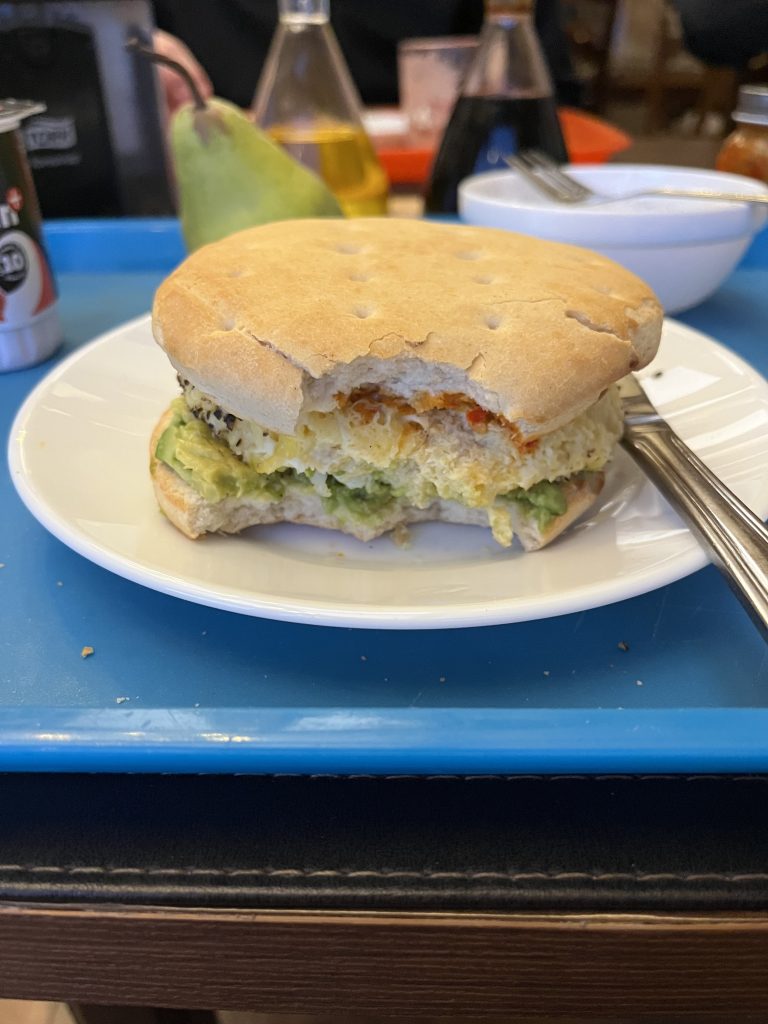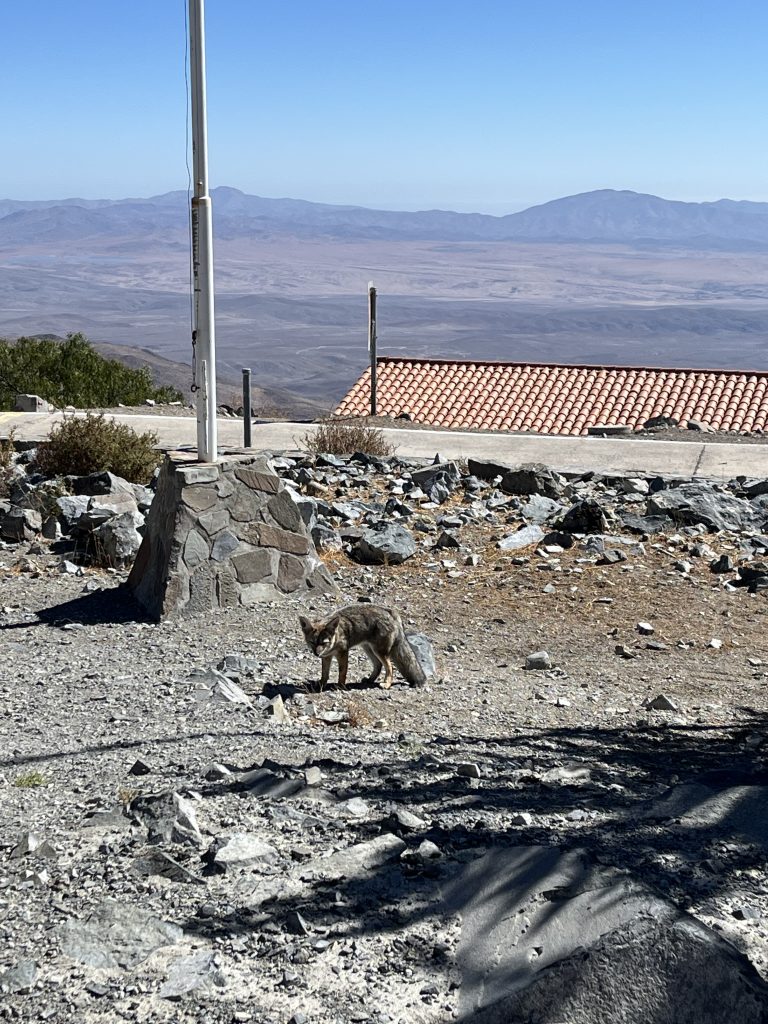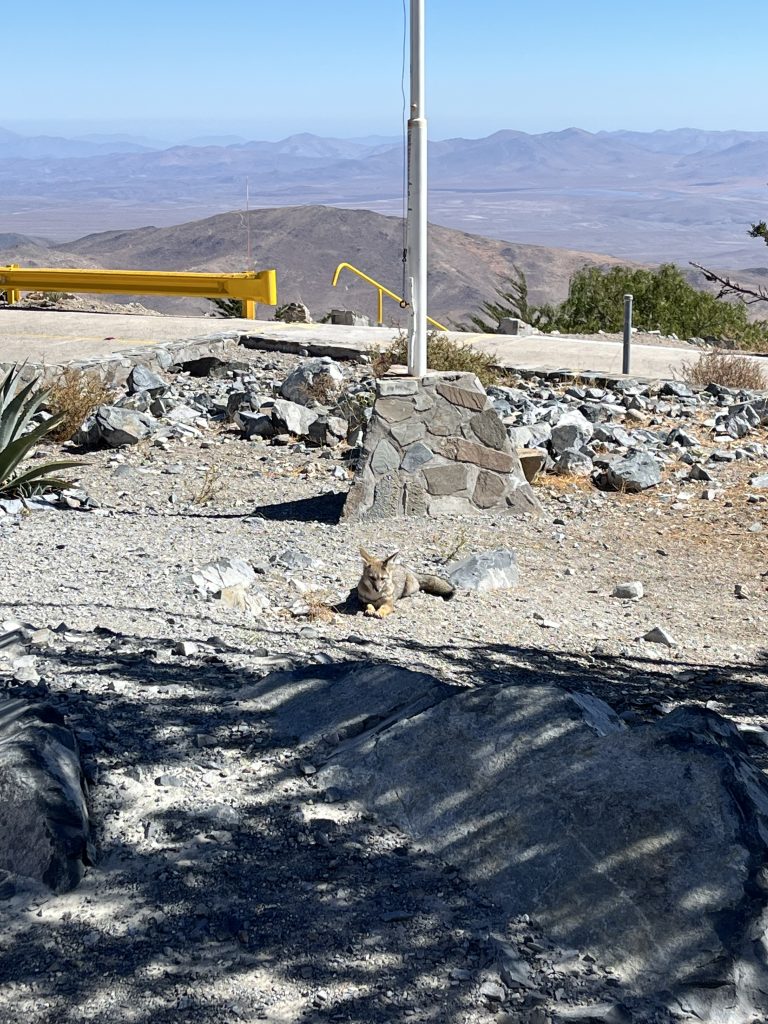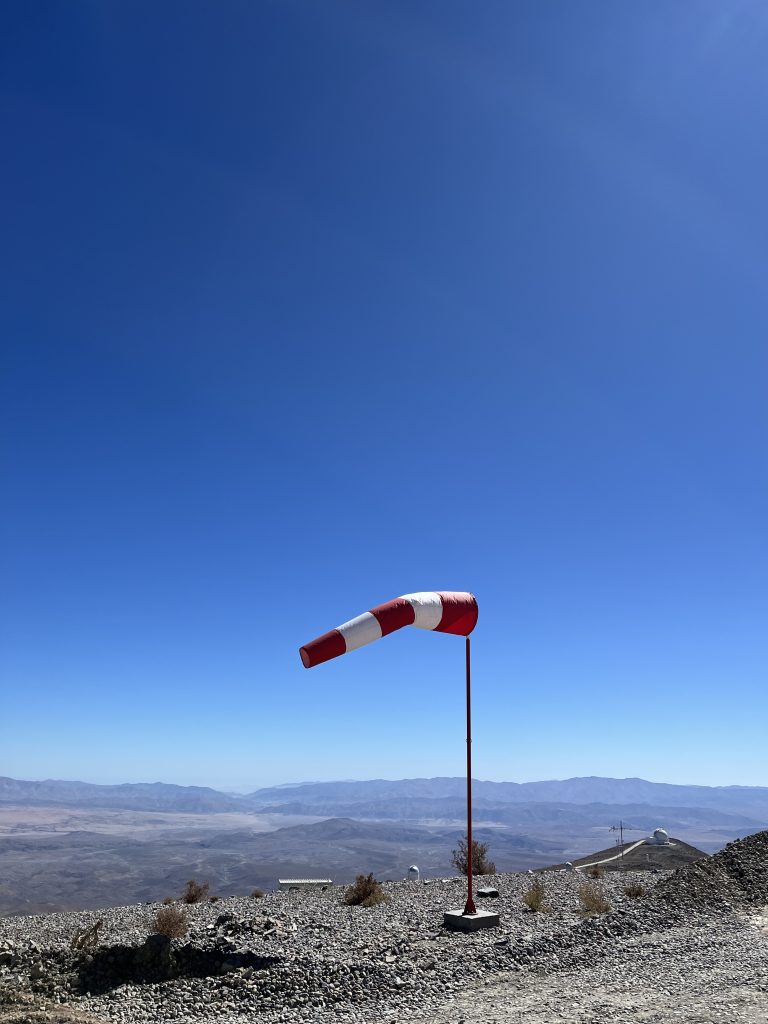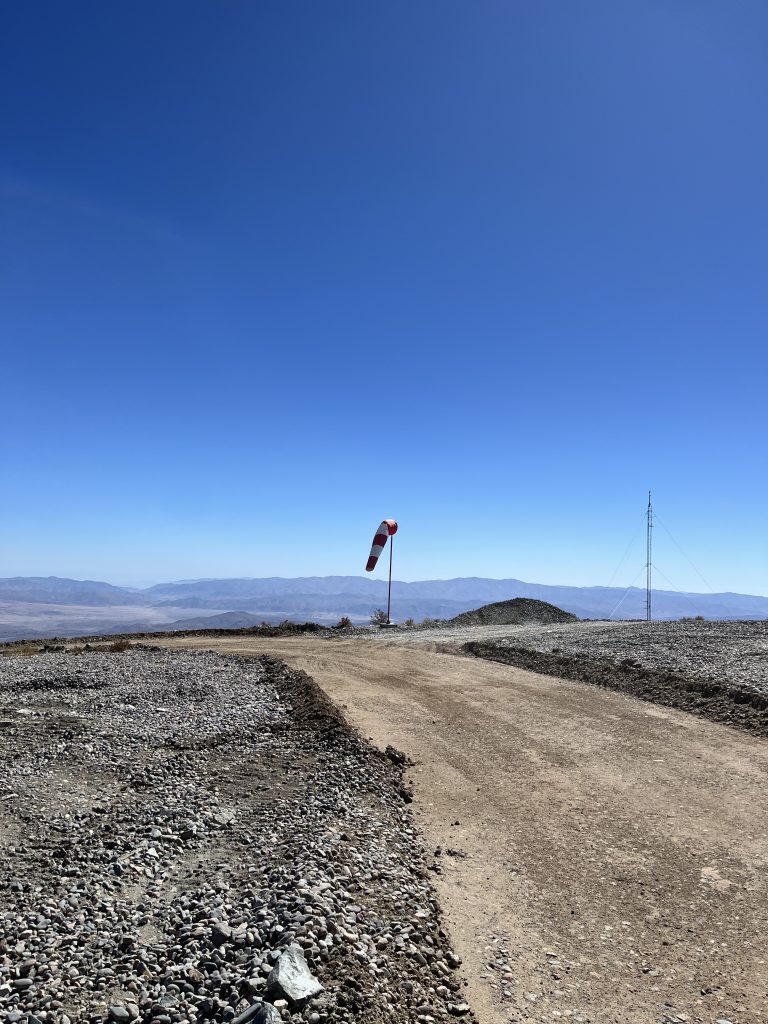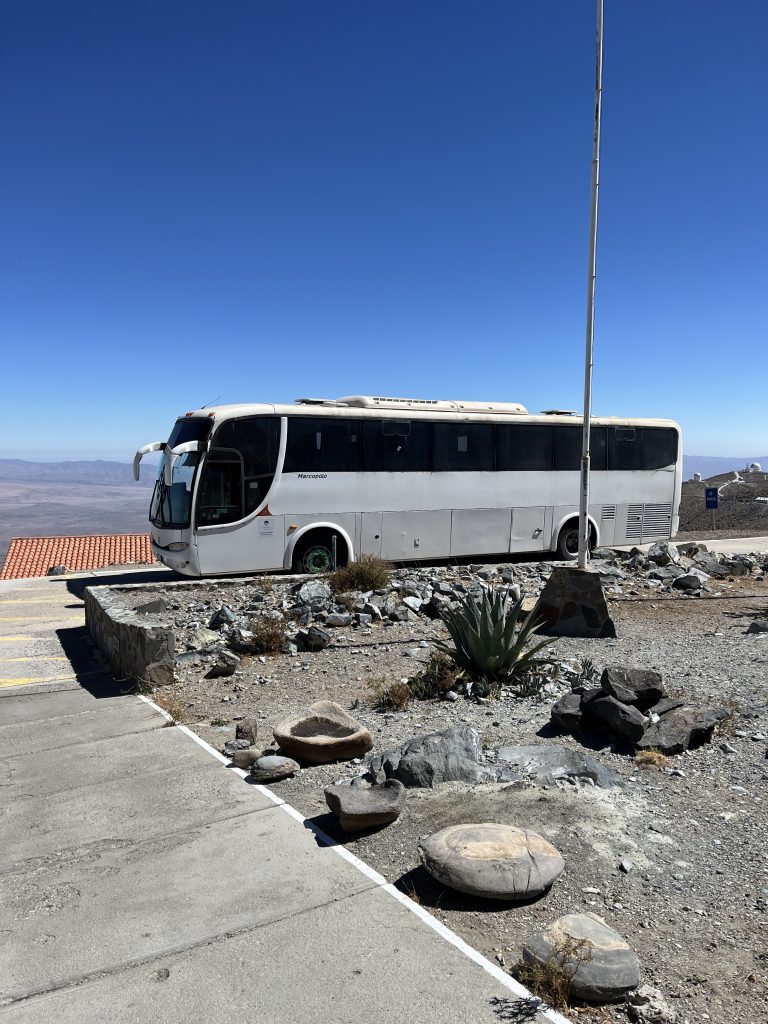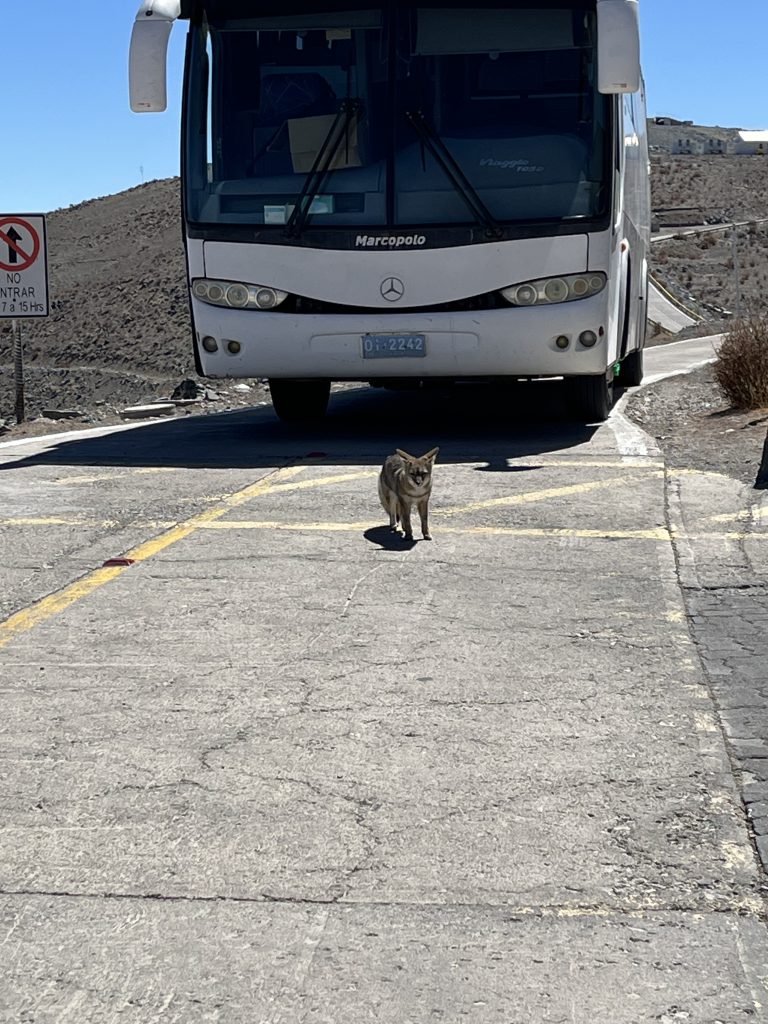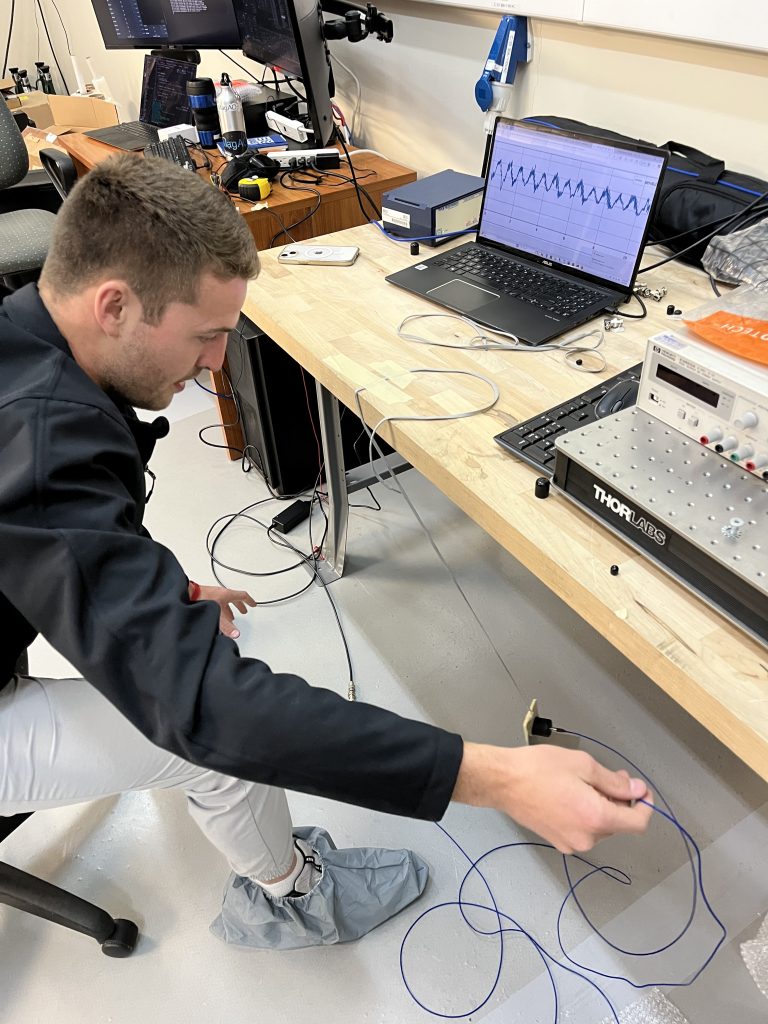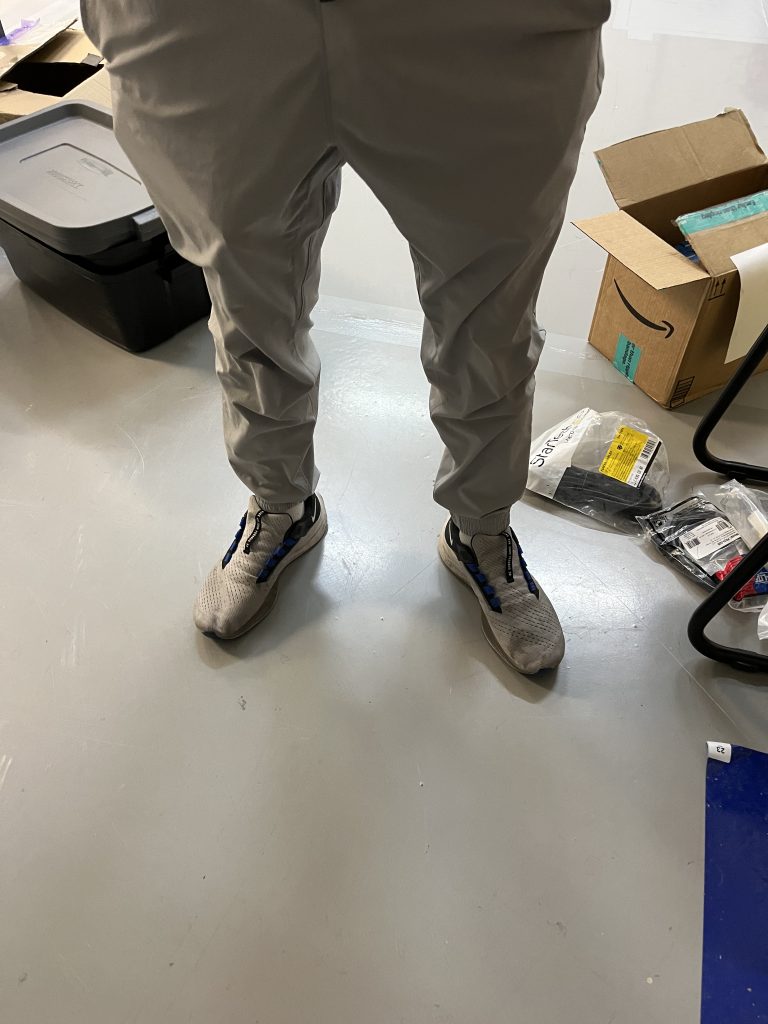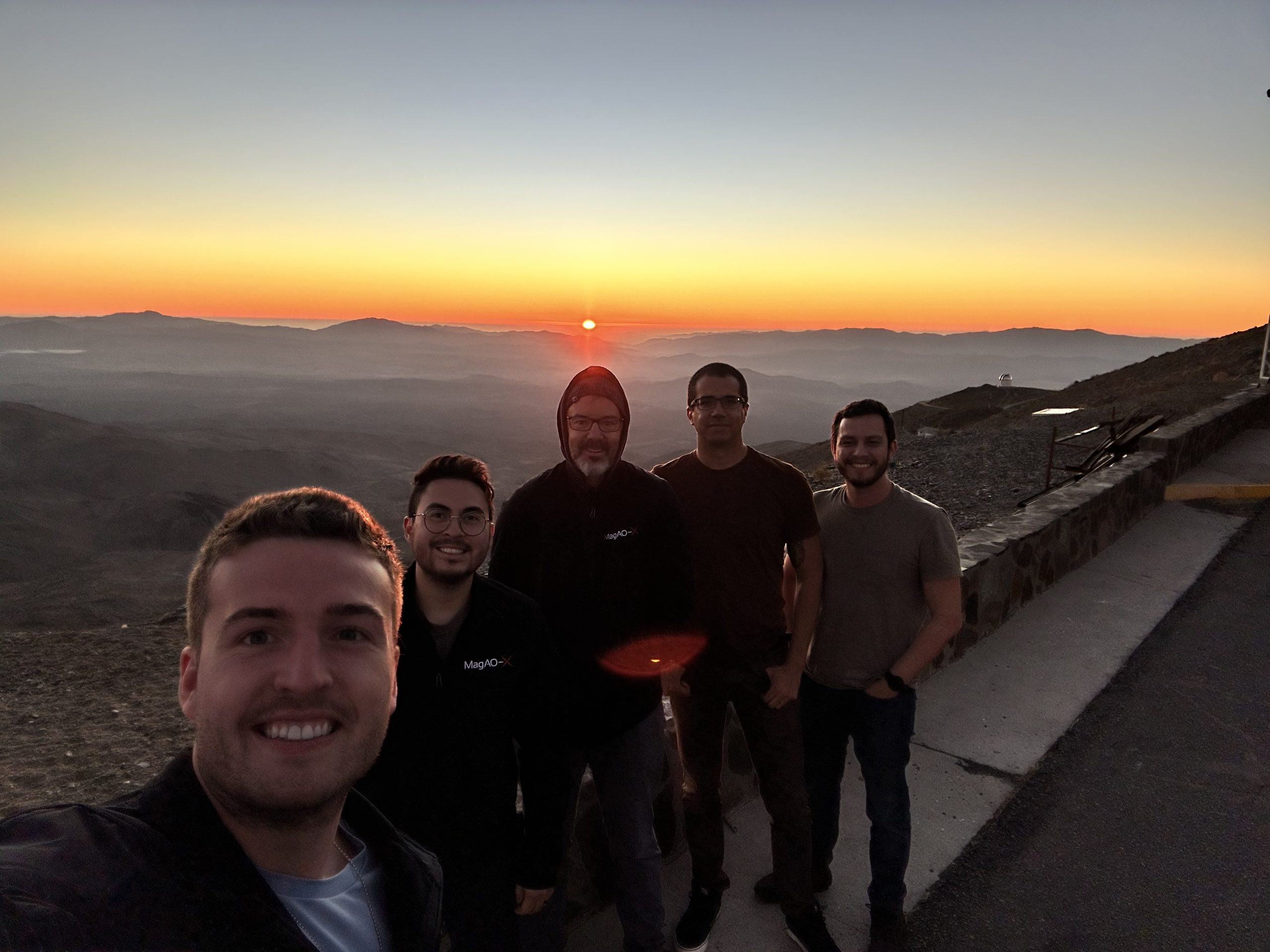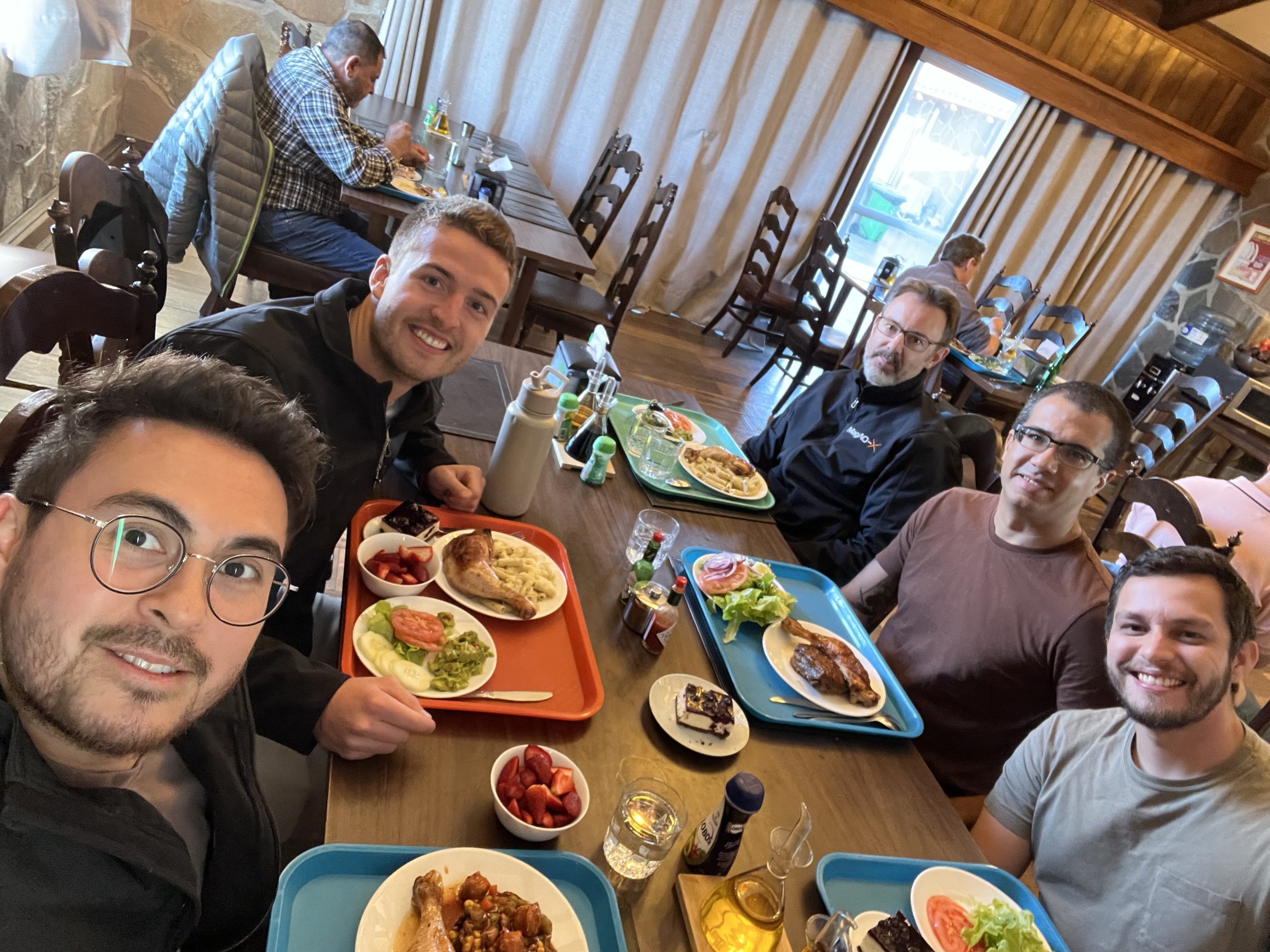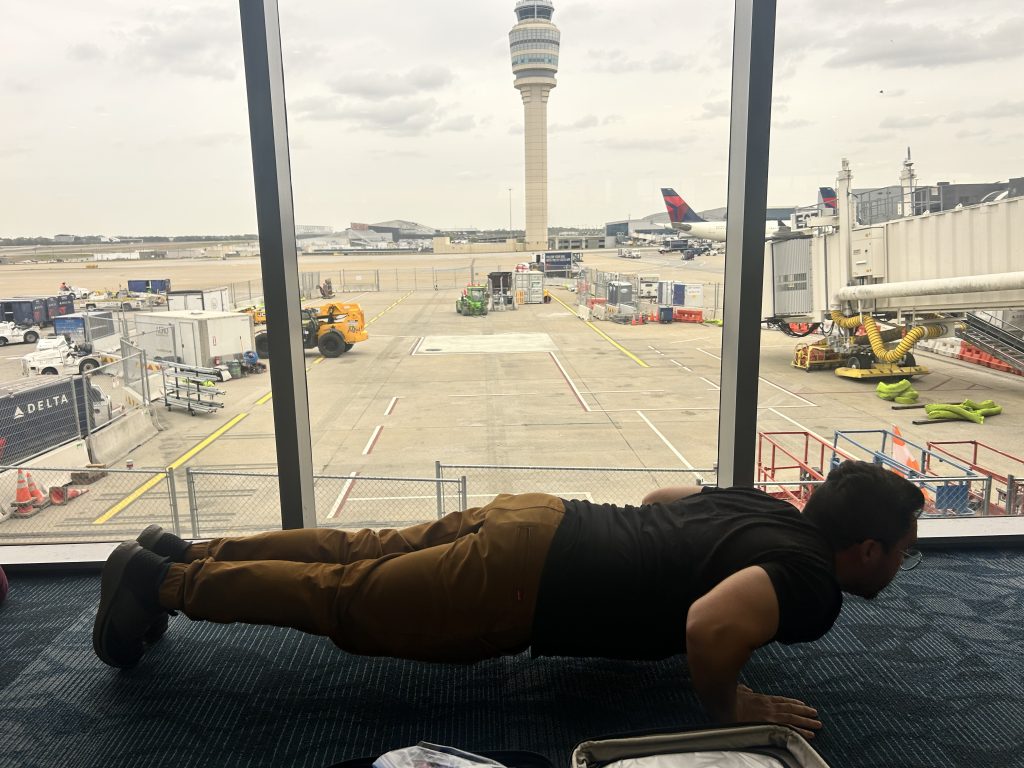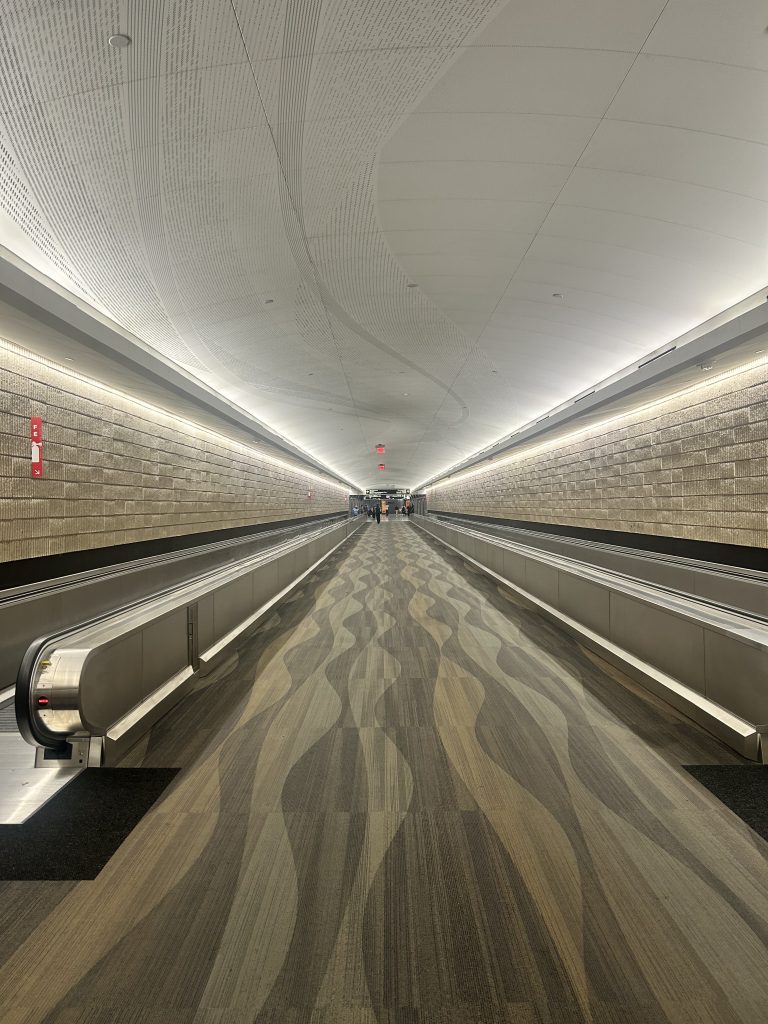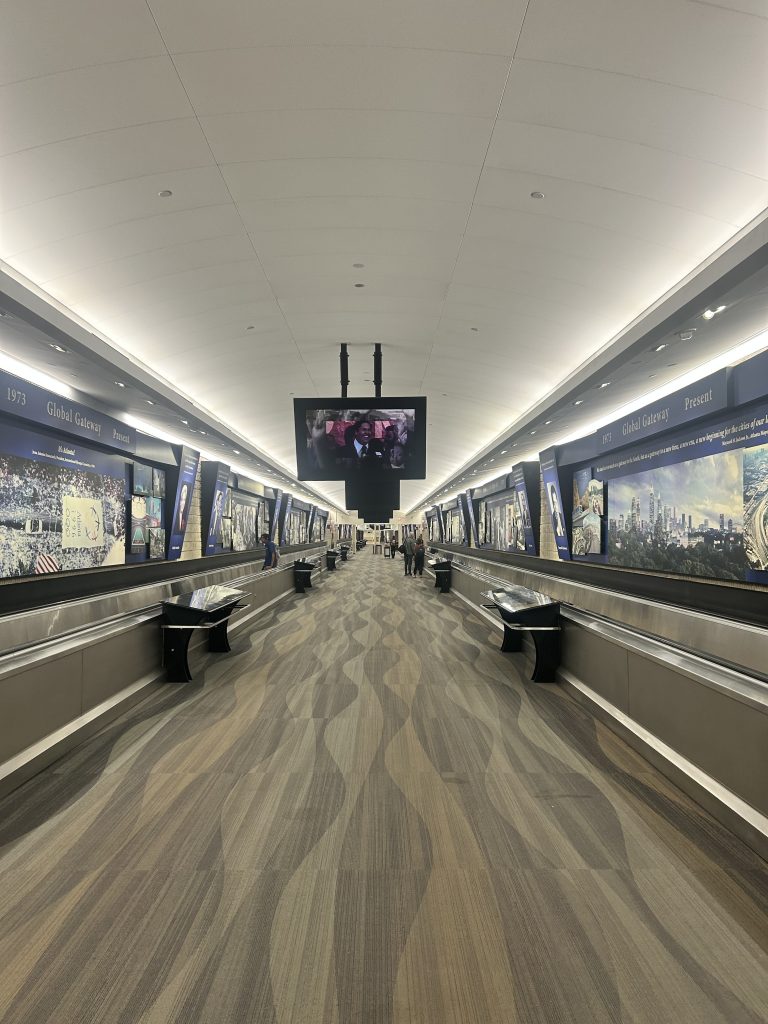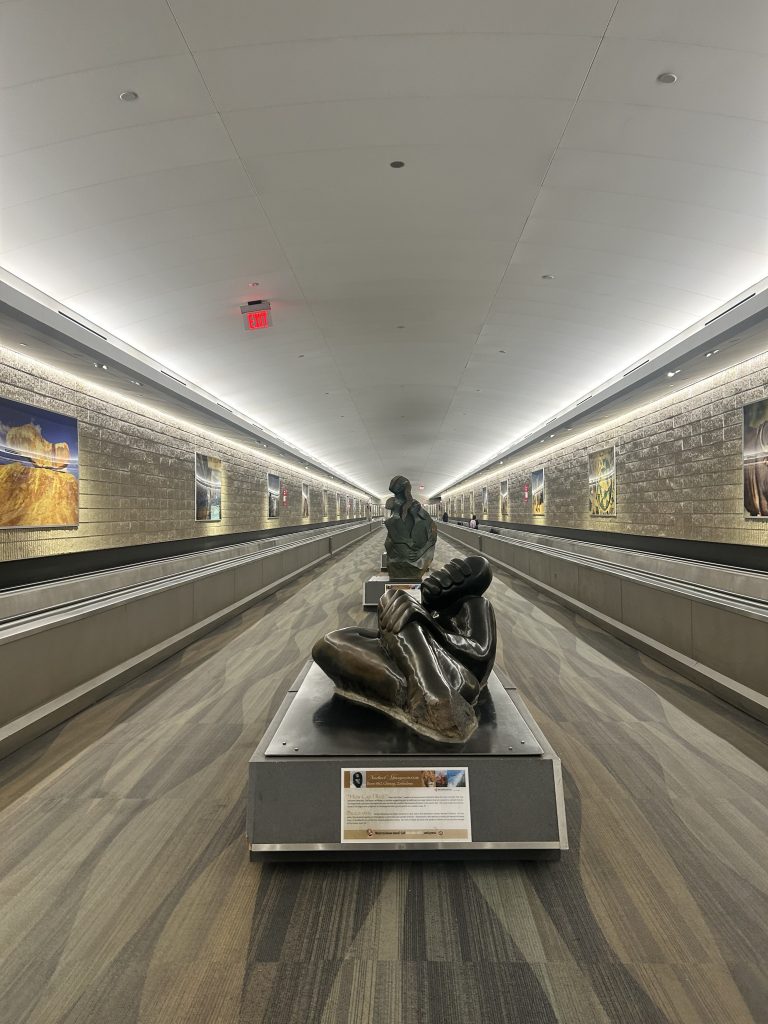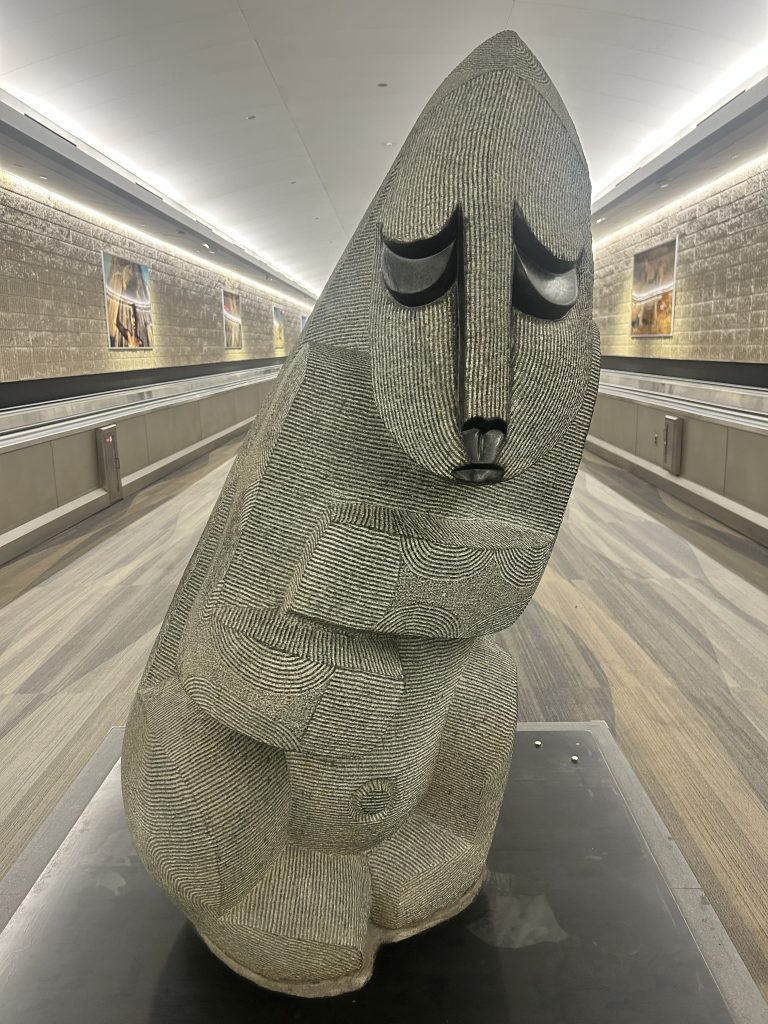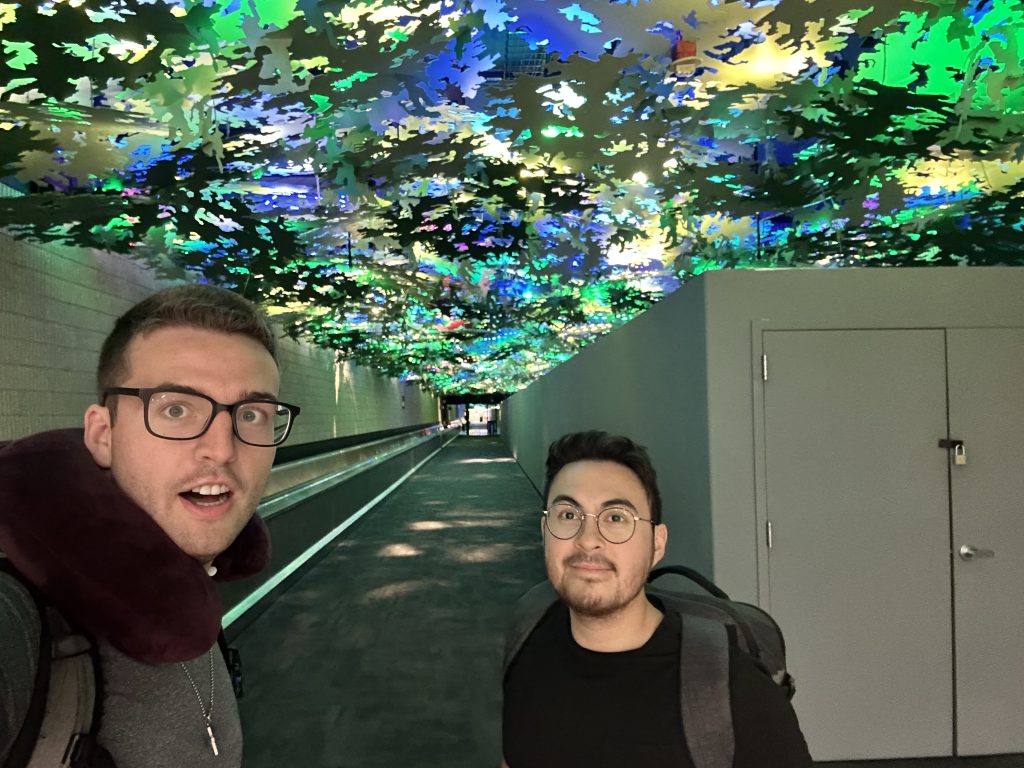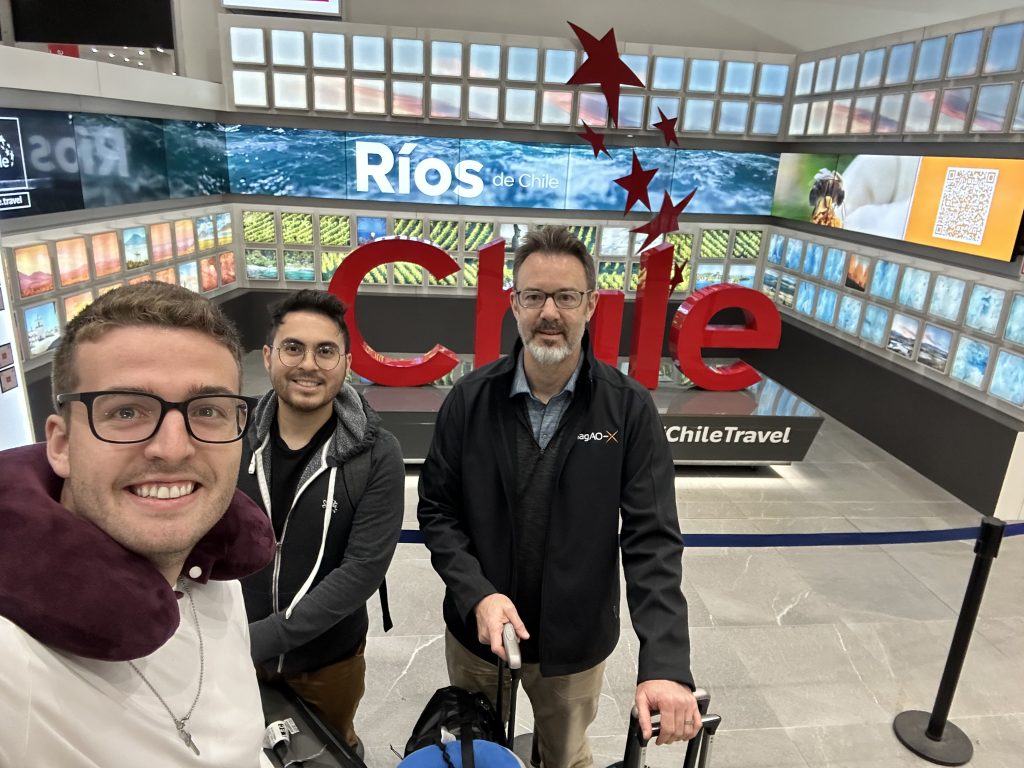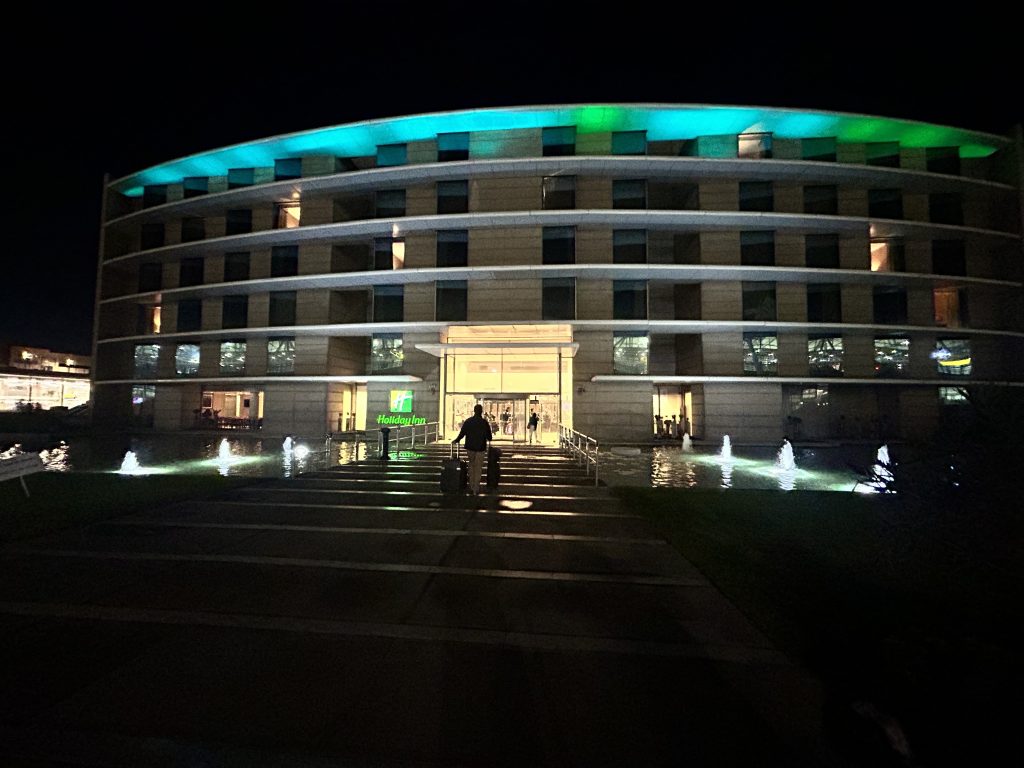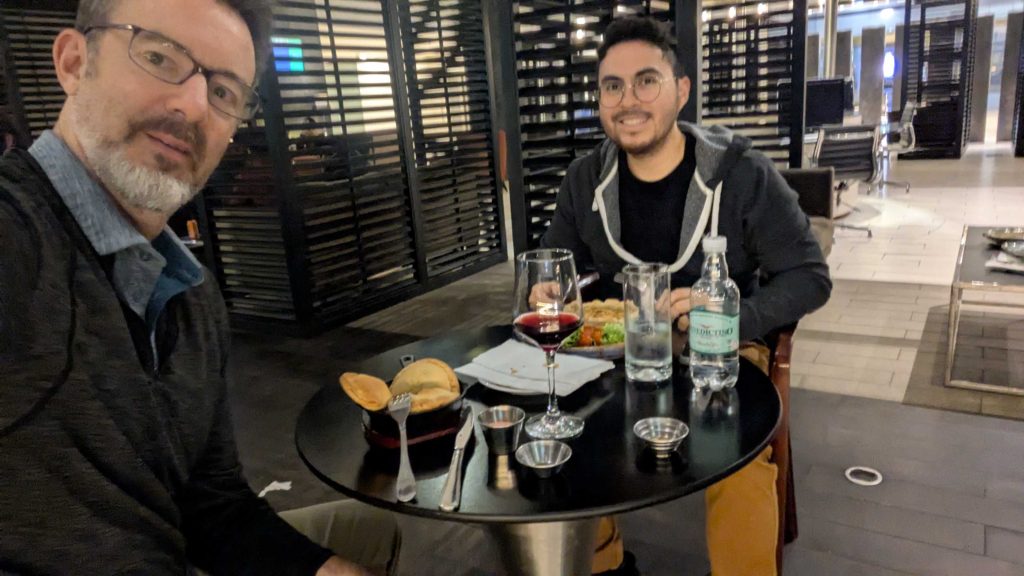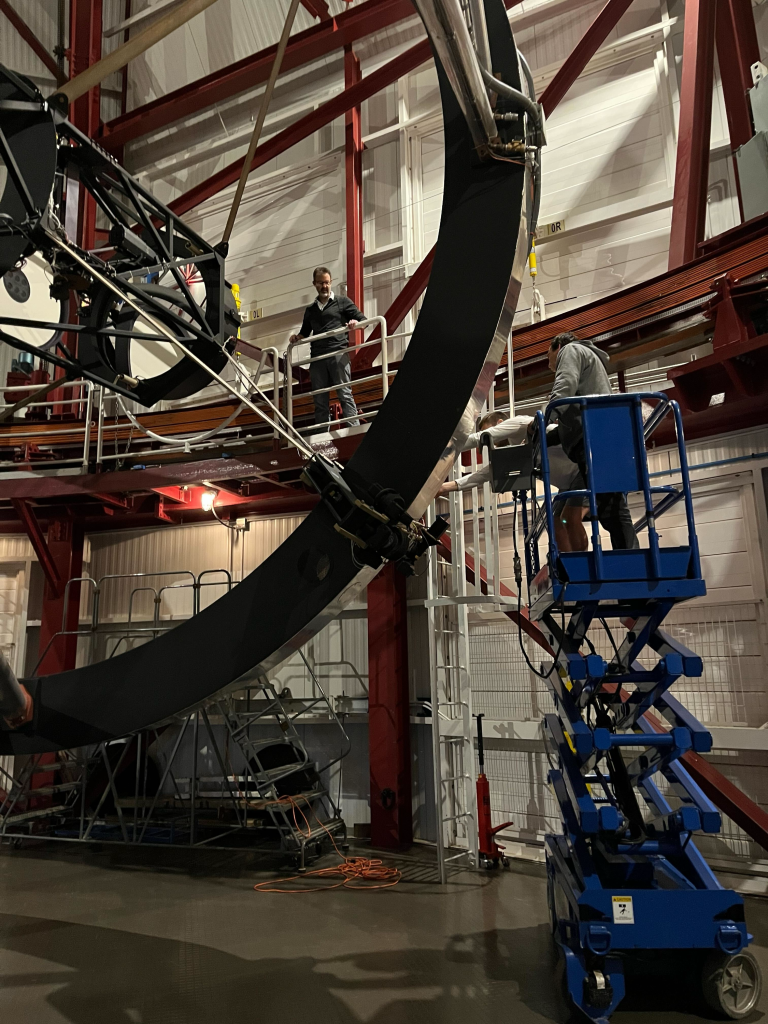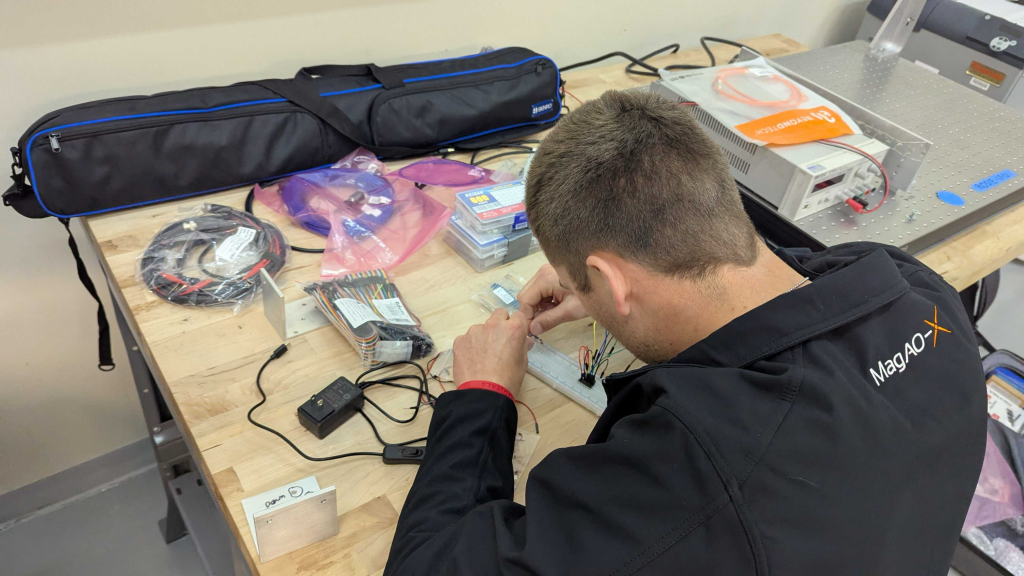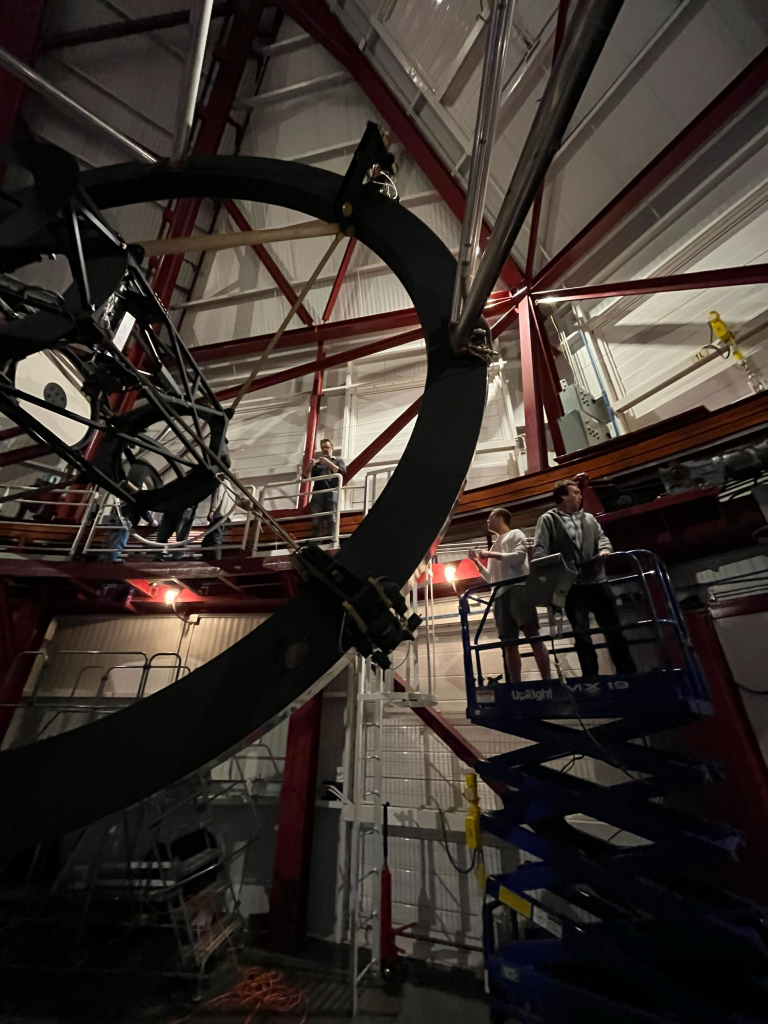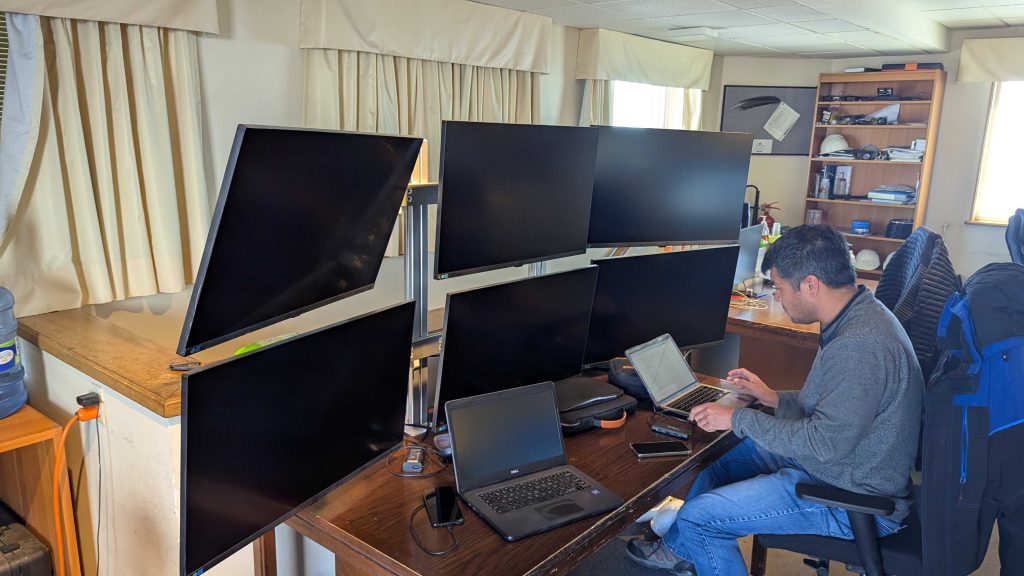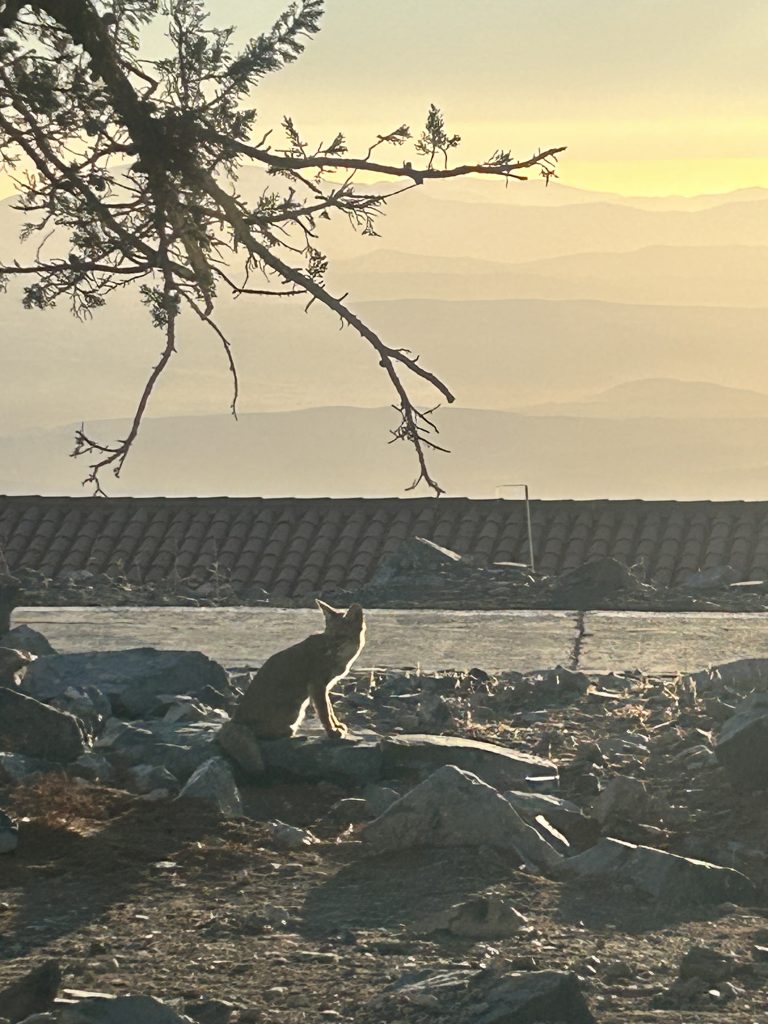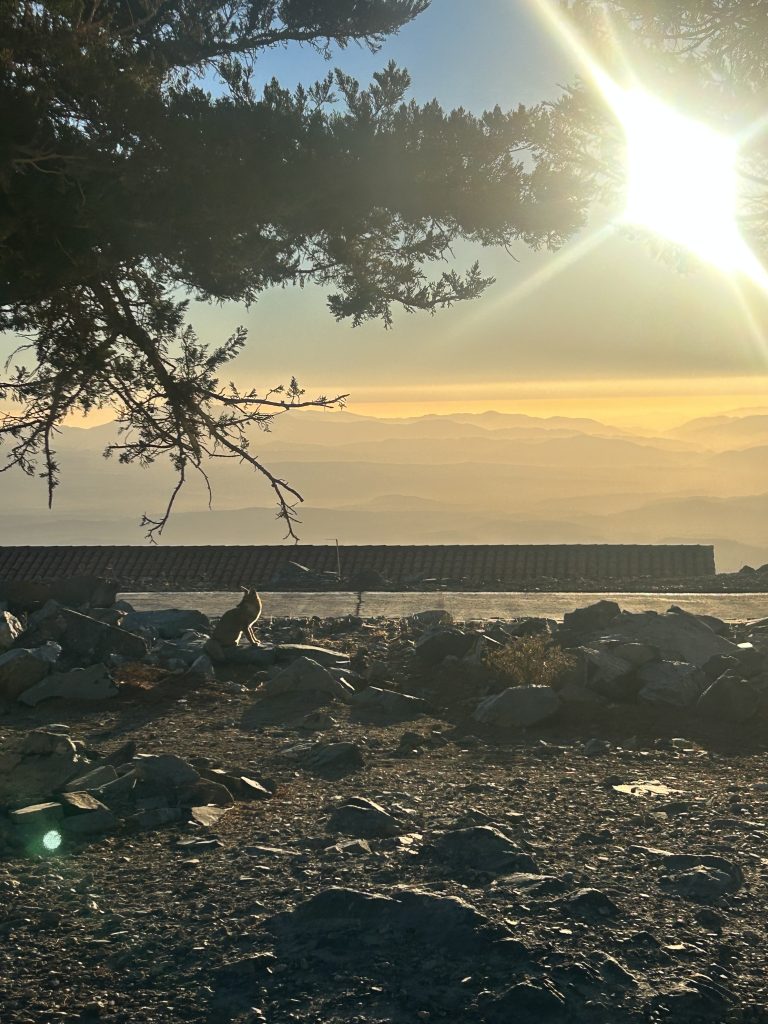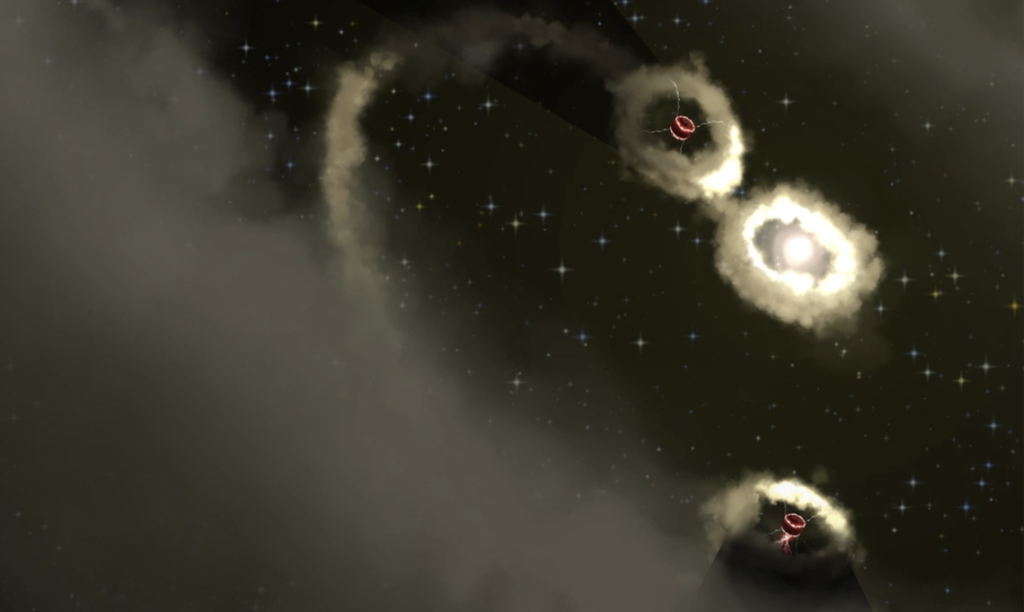The Leiden team is so back! It is now the Europeans’ turn to tell you about their magical journey to LCO. Throughout the full blog post, we will also play a little game: Find the differences!
We left Amsterdam without delay and got to Madrid 6 hours before our next flight. Plenty of time to waste and not check properly our next gate yeyyy! To pass the time, Eugenia and I went on a mission: Getting to the medical center of Madrid’s airport because she had to get an injection done. We left Sebastiaan working on a proposal due literally one hour later, and he barely realized we were gone, so we set sail for an incredible adventure. You might remember from the past run how intricated Madrid’s airport can be. If you don’t, I suggest to check it out here. After asking a bunch of people and mistaking our way a couple of times, we found the way to get to the medical center: We had to go through passport control machines, go to floor 0 (basically a basement), then come back up, go through passport control again but in the opposite direction (the policeman had to let us through manually) and then go through a security check (??) to be able to go back to the cafe’ where Sebastiaan was waiting for us. Pretty scary that the medical center of an airport is so inaccessible, right?? Well, and then people ask me why I hate Madrid’s airport. In my favorite movie ever, Donnie Darko, Gretchen asks Donnie “What if you could go back in time and take all those hours of pain and darkness and replace them with something better?”. Well, I know which hours of pain and darkness I want to replace in my life: All the hours spent in Madrid’s airport. With what? With a group of happy viscachas chilling in the sun.
Anyways, let’s bring in some fun: Find the differences between these two pictures of Sebastiaan before we left and when we came back (hover on the pic for the solution).
We then had a relaxing dinner, since there was so much time to go to the wrong gate afterwards. Let’s continue to play with another before-after spot the differences game.
We then proceeded to gate S16 and waited to board. Eugenia even gave us the idea to make an April’s fools joke to our fellow Leiden people saying we have lost our plane. Ah ah ah! So funny! We then tried to board the plane but our tickets didn’t work for some reason. That’s when the Iberia lady at the gate looked at us and said “You are flying with LATAM, gate S44, RUN“. Now, can someone please explain why two airlines that are partners have two flights to Santiago from a same airport at the SAME EXACT TIME (23:55)? In our defense, yes, we knew we were flying with LATAM and not Iberia, but they are partners and also our tickets were printed by Iberia so they had their logo on it. I am honestly surprised we were the only people who were deceived by this badly designed schedule. After running for our lives, we were the last people to board the flight. Pretty scary. So, this is the story of how we were about to loose a flight while chilling for 6 hours at the airport.
The journey proceeded smoothly and we got to Santiago surprisingly rested after a lot of sleep on the plane. Again, try to find the differences between our arrival in Santiago for the 2024B run (on the right) and this run (on the left):

A few hours later we got to La Serena safely together with Joseph and Jeb. Laird was right after us, coming up with the following car. Not tired enough from our long trip, we headed right away to the clean room to (successfully) install new PIAACMC and align new prisms for the Self-Coherent Camera. Laird was also working with Tiago and Rodrigo on the polarimeters.
Right after, we have witnessed not one but two (!!) incredible events: One of the best green flashes ever seen in history – which we have slightly captured in a picture as well – and three foxies together!
Finally, I want to leave you with this hyper-memeable picture that you didn’t know you needed. Simply replace “ribs” with something else. You can thank me later.

The song of the day is a song that a random dude on my last plane made me listen to with his headphones. I don’t know if he stalked me and so he knew my name or if it was just a funny coincidence… But the name of the song is Helena. Enjoy or be creeped out. Cheers! I am going to sleep.
